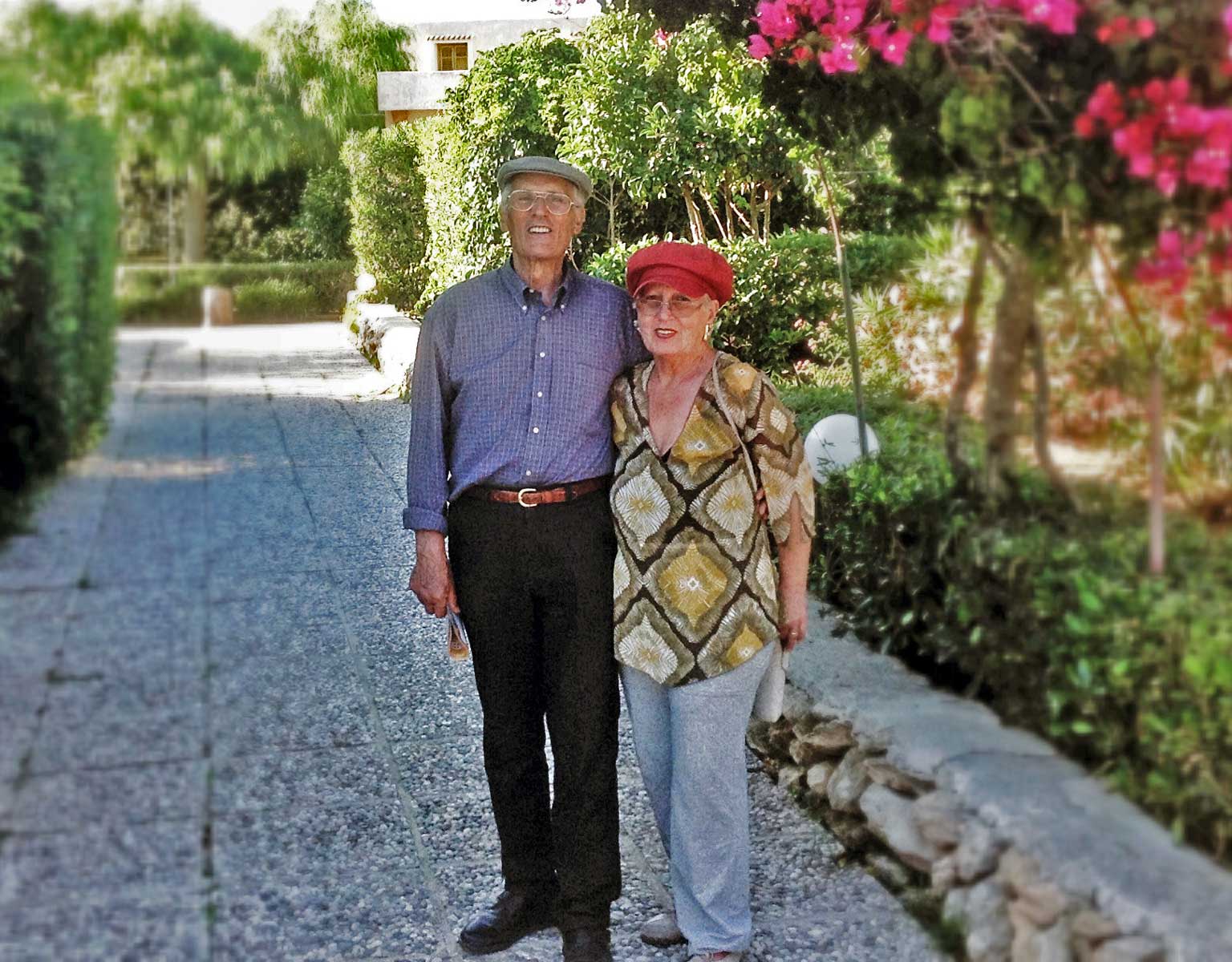Impossible stories
Discover our history
A great love for Favignana
Set into the context of Favignana, nestled between the sun-drenched countryside and some of the most beautiful coves of the island, very far from the ordinary life, Il Giardino dell’Impossibile is a wide hypogeum botanic garden whose morphology is so unusual to make it scenically as enchanting as unique.
An innermost and collected place, this Mediterranean garden hosts almost 500 species of plants among trees, shrubs, grasses, vines, succulent plants and cycads. These species are spread over a 4 acres area that is the result of several work stages implemented by the owners. Starting from the 60s, they employed the stony and unproductive countrysides surrounding the manor house.
Its major characteristic consists in the vegetation ability of deeping into the hypogeum spaces of some ancient quarries of calcarenite among those that inhabit the island. These, also called “pirrere”, are the outcome of the intense mining industriousness therein conducted since the first half of the 17th century and interrupted during the 50s due to its uneconomic value, with the consequent abandonment of these lands, nowadays mostly owned by privates.
Favignana: an unmatched island
The determination and the perseverance of Maria Gabriella Campo are the reason why this garden has been created. A great love for the island and its landscape, combined with an always growing interest in botanical knowledge acquired over time, induced her and her husband to accomplish this venture, called “impossible” by many opponents. The venture consisted in making gardens and orchards by reclaiming, recovering and rehabilitating those abandoned ancient quarries used as open dump.
To justify this initiative there’s also the intention to pay homage to the memory of Maria Gabriella’s father whose been working as “pirriatore” (quarryman) in those lands. The current suggestive setup of the hypogeum garden, which is named after those opponents, originated by the challenge faced against an unsuitable and difficult territory to manage, venturing with effort among gorges and caverns, carefully evaluating the different altitudes between the quarries and working on the realization of gates and cuniculi meant to connect the several spaces.
The renovation of some existing buildings has allowed to convert them into independent holiday houses that now constitute the widespread housing complex of Villa Margherita, totally camouflaged into the vegetation.



All around you
The garden is currently enriched by lots of plants collections, among hybrid Hibiscus, Plumerias, Pelargoniums and Nympheas which are contained in a wide tank called Ninfeo. This is one of the most spectacular and suggestive area of the garden, a body of water to which the high calcarenite walls act as a background.
The estate is enriched by fountains and pergolas used as decoration, but also as landmarks among the areas of the garden.
At last, a wide pavilion acts as relax area both for visit and hospitality activities.
Sharing the beauty
As expressed will of the owners, since 2003 it is possible to visit the garden participating in the guided tours aimed to fruition, knowledge and valorization of the area through the acknowledgement of the great historical-anthropological and environmental value of the cultural asset.
The unanimous approval and the extrinsic capabilities on elicit emotional involvement of the thousand of botany enthusiasts visitors over time, gave to Giardino dell’Impossibile the chance to receive important recognition.
Since 14th December 2010 “Giardini di Villa Margherita” have been registered in the Libro delle Espressioni del R.E.I.L. Isole Egadi due to their high expression of World Heritage.
On November 2021, the garden has been given the free legal aid by the Regional Government of Sicily, department of Cultural Heritage and Sicilian Identity, for the initiative “Il Giardino dell’Impossibile. Giardino già patrimonio del R.E.I.L. sito sull’isola di Favignana”.
Furthermore, Il Giardino dell’Impossibile entered the network of “Grandi Giardini Italiani” that allows it to be part of the wide international itineraries based on garden and hornicultural tourism.